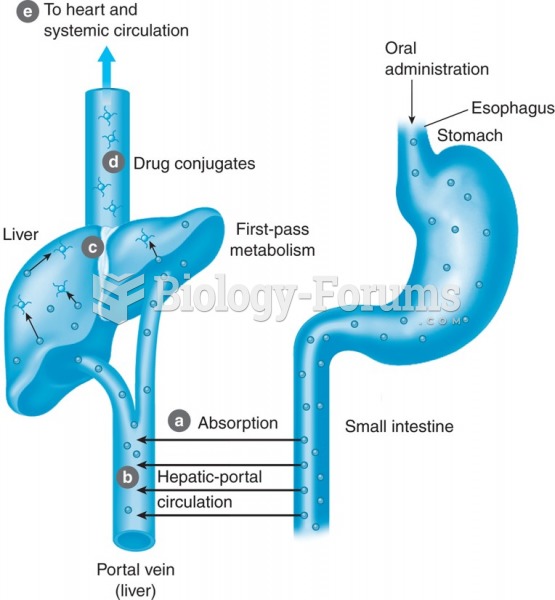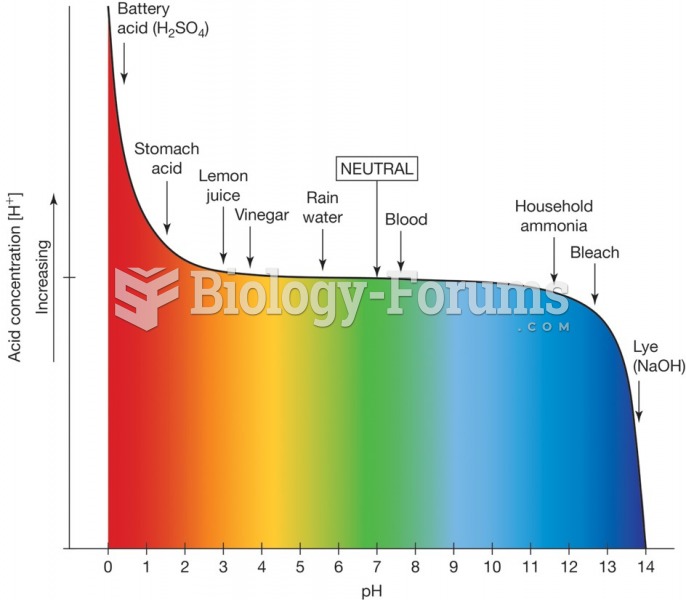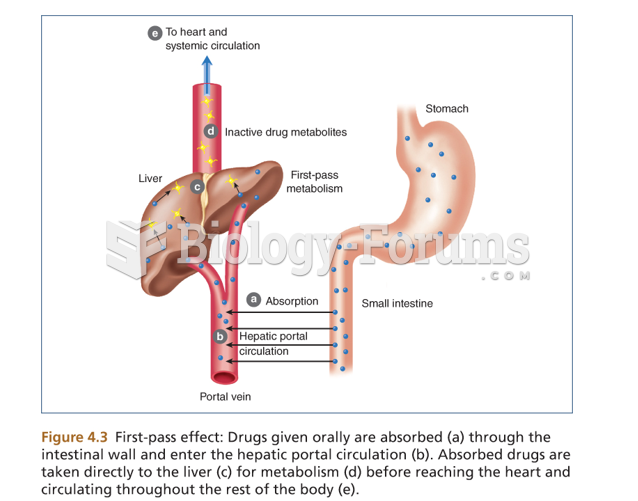|
|
|
People about to have surgery must tell their health care providers about all supplements they take.
Many people have small pouches in their colons that bulge outward through weak spots. Each pouch is called a diverticulum. About 10% of Americans older than age 40 years have diverticulosis, which, when the pouches become infected or inflamed, is called diverticulitis. The main cause of diverticular disease is a low-fiber diet.
Pubic lice (crabs) are usually spread through sexual contact. You cannot catch them by using a public toilet.
For pediatric patients, intravenous fluids are the most commonly cited products involved in medication errors that are reported to the USP.
Immunoglobulin injections may give short-term protection against, or reduce severity of certain diseases. They help people who have an inherited problem making their own antibodies, or those who are having certain types of cancer treatments.







